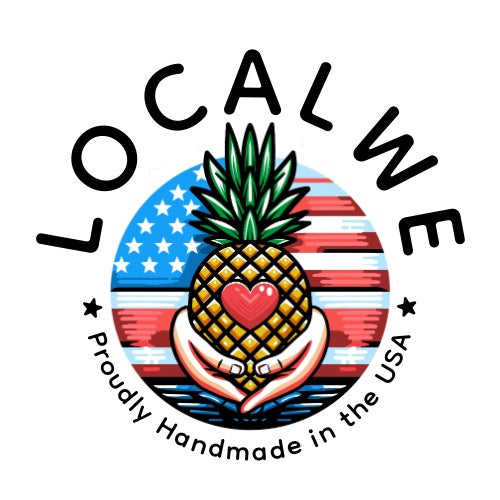
The Scoop on the History of Spoons
Share
The Scoop on the History of Spoons
Regardless of what form they take, spoons date back at least to ancient Rome. It was common in wealthy circles to give spoons as baptism gifts in medieval times. Most inns did not have the luxury of spoons, so innkeepers expected their wealthy guests to supply their own.
Born with a Silver Spoon in Your Mouth
The phrase "born with a silver spoon in his mouth" arose from this time. Thus, if you owned a spoon, it spoke volumes about your socioeconomic standing.
Sterling silver spoons, like all other metalware, are 92.5 percent silver plus 7.5 percent copper. Thus, this is where the 925 stamp originated on silver. Originally developed in the 13th century, British law mandated that sterling silver be stamped with a hallmark in 1300 to prevent fraud.
With the development of electroplating in the 1840s, which required significantly less silver to produce something that looked like solid sterling, this standard became increasingly important. The production of spoons and other utensils went from handcrafted to mass produced, with a broader range of silver content than ever before.
French Court Practices of Spoon Use
Due to practices in the French court, table setting with flatware came into vogue in the 17th century. To help tea drinkers remove floating leaves from their tea, the teaspoon was introduced to England; previously, tea drinkers swallowed the floating leaves. The original teaspoon size was determined by an old measurement system called the Apothecaries' System, which measured one fluid dram or drachm, exactly one quarter the size of a tablespoon, eventually finding a way for measuring spoons. As tea became cheaper, teaspoons and cups grew in size, to the point where the teaspoon was one third the size of a tablespoon.
A variety of utensils were becoming popular along with teaspoons, resulting in a differentiation process. Also inspired by the tea trend were various unusual utensils, including the caddy spoon, which was used to pour dry tea leaves, and the mote spoon, which had a pierced bowl that strained leaves when pouring into tea cups and a narrow pointed handle that cleared teapot spouts. From the 1680s until today, trefid spoons were produced with shallower bowls and trefoil ends. In the course of time, different designs emerged, such as King's, Fiddle Thread and Shell. Some extravagant Victorian services used 14 different silver pieces per place setting.
There are several designs for serving pieces with innovative functionality, including strawberry spoons, ice cream spoons, salt spoons, mustard spoons, olives spoons and preserves spoons, in addition to tablespoons. Scotland and Ireland used a toddy ladle to serve hot toddies; it had a tall, narrow stem of more than an inch and a smaller bowl than a sauce ladle.
Western Culture and the Future of Spoons
A burst of popularity also led to commemorative or souvenir spoons becoming popular during the 1890s and 1920s. In the West, for example, some spoons depicted the robbery of a stagecoach.
As such, stamped spoons became collectibles and are passed from generation to generation and through collectors. Artisan handmade spoons make great gifts for tea and coffee drinkers or for the collector who enjoys displaying a wide variety of beautifully crafted vintage spoons that in a hundred years will tell their own story.
Find our selection of Stamped Vintage Spoons and Wooden Utensils LocalWe.